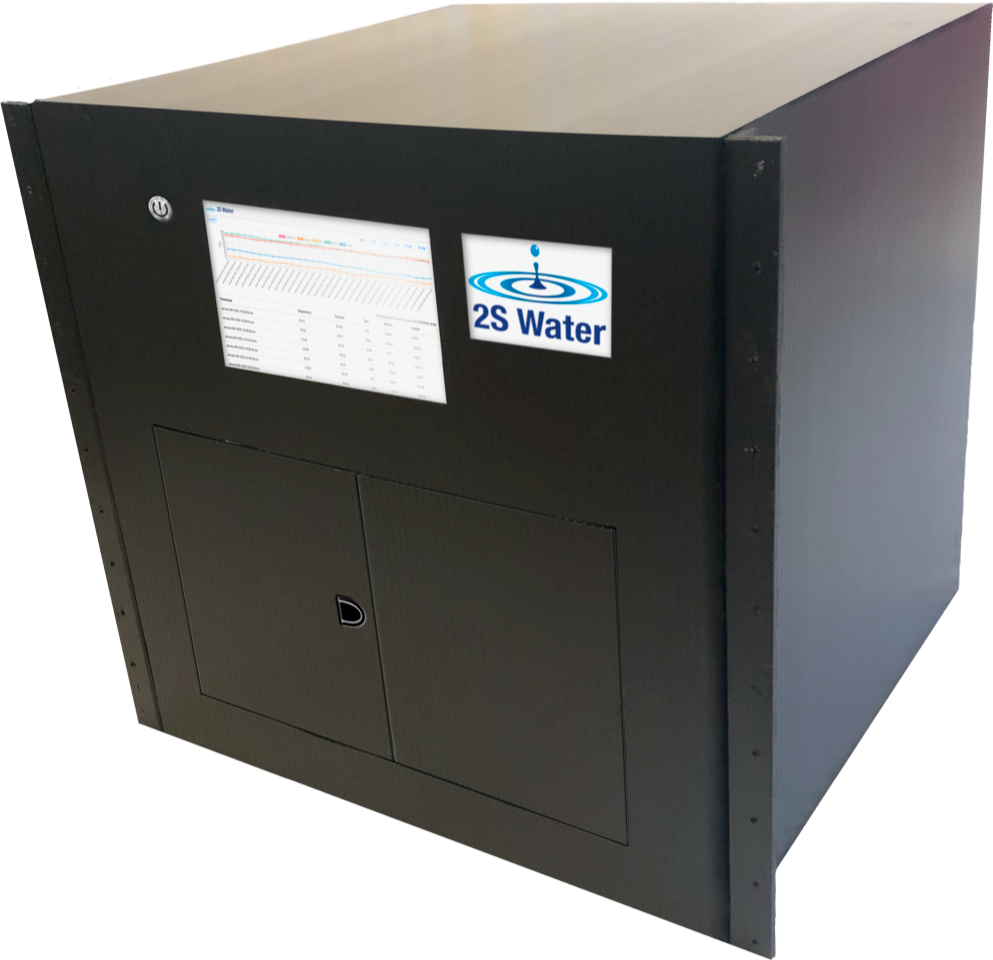Oil and Gas
Water management in oil and gas is a huge endeavor, and the presence of metals in water is high due to the geological nature of oil and gas extraction. Realtime data can help water reuse, reduce freshwater consumption, and reduce tailings production.
Most common metals of concern in the oil and gas Industry
- Calcium
- Magnesium
- Iron
- Manganese
- Copper
- Silicon
- Aluminum
- Sodium
- Lithium
- Barium
- Strontium
- Potassium
- Rubidium
- Cesium
Different Applications for the Sensor
Tailings Monitoring
Metals that escape through process can result in environmental fines and can risk site closures. Oil and gas processes cause quick variation in waters, meaning that realtime monitoring is the only real solution to this issue. By catching these metals before they cause problems, facilities can save money through fines, overdosing of chemicals, and through man hours tied up in testing.
Common Metals Of Concern In Tailings:
- Aluminum
- Antimony
- Arsenic
- Barium
- Boron
- Cadmium
- Chromium
- Copper
- Flourine
- Iodine
- Iron
- Lead
- Manganese
- Mercury
- Selenium
- Sodium
- Strontium
- Uranium
- Zinc
Machinery Maintenance
The metals running through your vital machinery have massive effects on the life of your machinery. Maintaining essential systems like boilers requires proper pre-processing. Knowing what is in the water before it reaches your systems and knowing the efficacy with which you are cleaning that water are essential tasks.
Common Metals Of Concern In Machinery Maintenance:
- Calcium
- Magnesium
- Iron
- Manganese
- Copper
- Silicon
- Aluminum
- Sodium
- Lithium
- Barium
- Strontium
- Potassium
- Rubidium
- Cesium
How the AquaValid Works
Aquavalid takes a small slip stream from the water flow, converts it to a plasma and records the spectral information from the plasma at about 5000C. At these temperatures most metal contaminants in the water start to glow. The raw data is reported to a cloud computing environment that analyzes the spectral information to determine the contaminants and quantity of each contaminant. The larger the quantity of a metal in the source water, the brighter that metal is in the generated light. This information can be reported to the SCADA systems controlling chemical injection to optimize the treatment. It is also stored and available as a report of graph of each contaminant, or groups of contaminants for regulatory reporting, historic analysis for planning purposed or other needs. Where multiple clients share a watershed the client may elect to share the information with clients downstream to provide advanced warning of changes in the source water.



